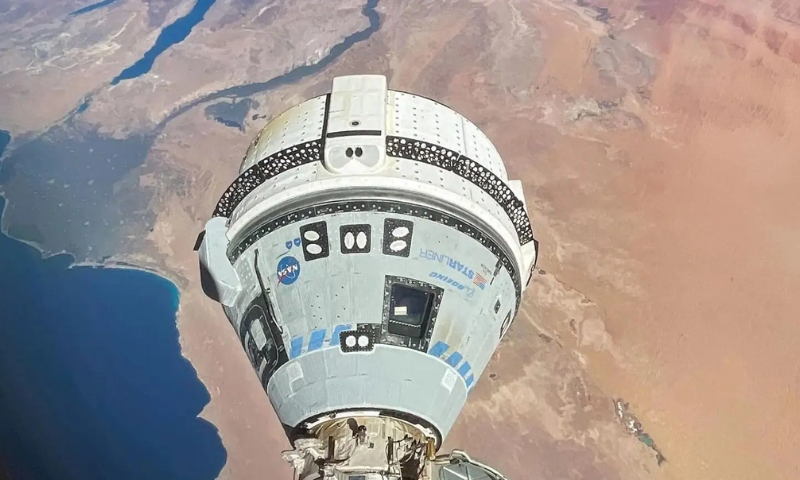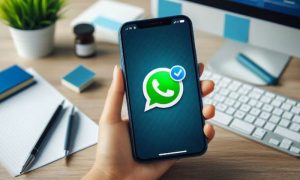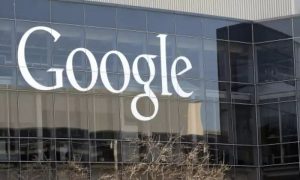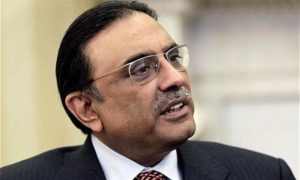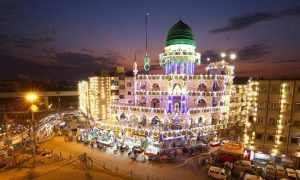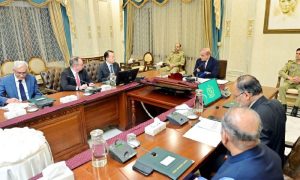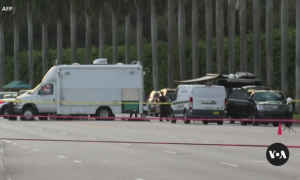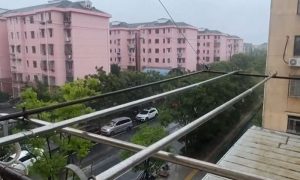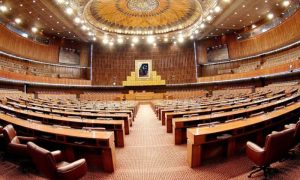WASHINGTON: Boeing’s Starliner spacecraft landed uncrewed in a New Mexico desert late Friday, concluding a three-month test mission plagued by technical problems. These issues meant that the astronauts who flew to the International Space Station aboard Starliner were unable to return as planned and will stay on the ISS until next year.
NASA astronauts Butch Wilmore and Suni Williams, the first crew to fly on Starliner in June, remained aboard the ISS while the spacecraft autonomously undocked at 6:04 p.m. ET (2204 GMT) on Friday. It began a six-hour journey back to Earth using maneuvering thrusters, which NASA had deemed too risky for a crew last month.
Starliner’s return was seemingly flawless, as shown by a NASA live stream, successfully completing the critical final phase of its mission. The spacecraft reentered Earth’s atmosphere at about 11 p.m. ET, traveling at approximately 17,000 miles per hour (27,400 km/h). After about 45 minutes, it deployed parachutes to slow its descent and inflated airbags just before landing at White Sands Space Harbor, a desert location in New Mexico.
Although this mission was meant to be the final test before NASA certifies Starliner for regular flights, the agency’s decision last month to exclude astronauts due to safety concerns has cast doubt on the spacecraft’s certification, despite its successful return.
Wilmore and Williams, who have extra supplies on the ISS, will return to Earth aboard a SpaceX vehicle in February 2025. What was planned as an eight-day test has now extended into an eight-month mission for the crew.
The ISS, a space-based laboratory roughly the size of a football field, currently houses seven other astronauts who arrived on different spacecraft, including a Russian Soyuz capsule. Wilmore and Williams are expected to continue scientific experiments with their fellow crew members.
During their approach to the ISS in June, five of Starliner’s 28 maneuvering thrusters failed, and the propulsion system experienced helium leaks used for thruster pressurization. Despite a successful docking on June 6, these issues triggered a lengthy investigation by Boeing and NASA, costing Boeing $125 million and bringing total program cost overruns to just over $1.6 billion since 2016, according to Reuters.
Boeing’s difficulties with Starliner have been ongoing since its 2019 test flight to the ISS, which failed without a crew. Although a 2022 mission largely succeeded, it still experienced some thruster malfunctions.
These ongoing issues highlight Boeing’s struggles in the space industry, a field it once dominated but is now challenged by SpaceX’s competitive and cost-effective approach to space launches.
Boeing will recover the Starliner capsule post-landing and continue investigating the thruster failures. The “service module” that housed the thrusters detached from the capsule as planned before reentry and burned up in the atmosphere, meaning Boeing will rely on simulated tests to diagnose the problems with the hardware in space.









